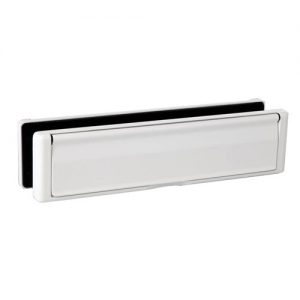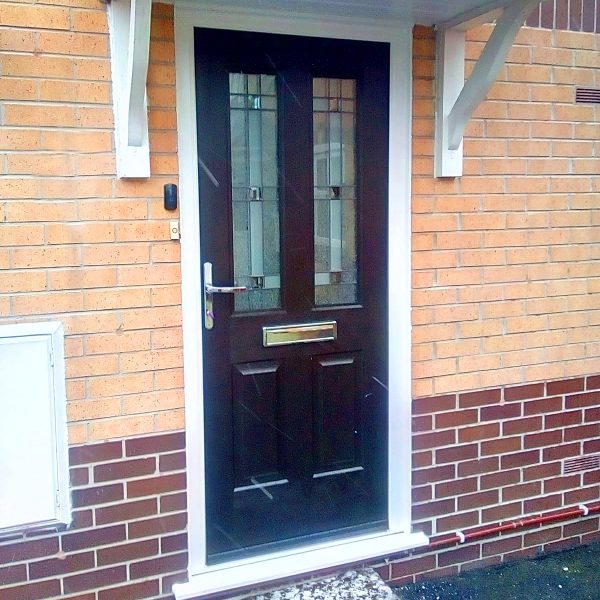How Did The Letterbox Become Popular?
Over the next 100 years, the population of the United Kingdom increased. Hence, the number of homes also increased. More people were accessing education, too, meaning more mail was in production.
In the 1700s, homeowners installed house numbers so the postal service could identify their homes. At this time, the numbers were sporadic and random. Systematic numbering only came into effect through the Metropolitan Management Act of 1855.
Furthermore, throughout the 1700s, the post was still being personally handed over. However, by the mid-1800s, this was becoming far too time consuming for the Royal Mail. Hence, they stated that all properties should incorporate a letterbox on or near their door.
At first, letterbox installation occurred in major cities before reaching the more rural areas of the UK later that century.
Before the 1800s, letterboxes were holes in the wall or standalone pillars near Post Offices. Moreover, they were for collecting mail that needed posting. Furthermore, today there is a clear distinction between a home’s letterbox and a postbox.


